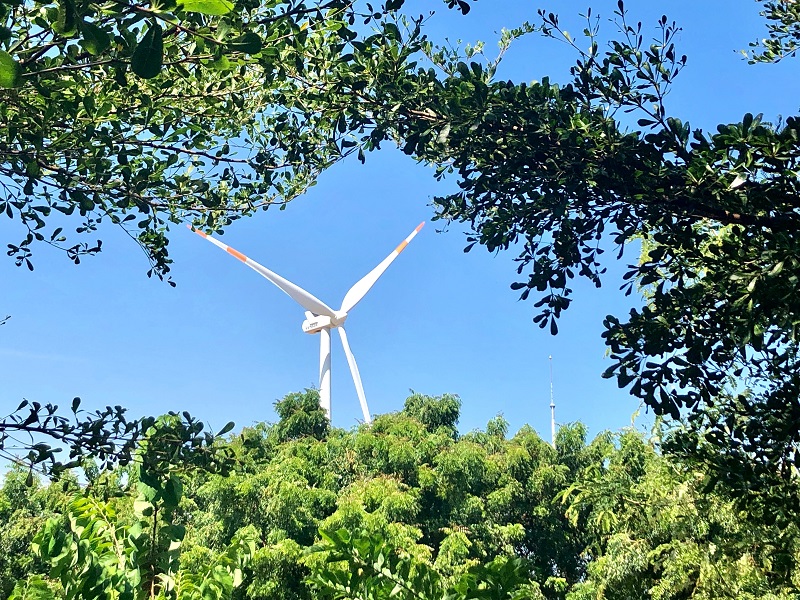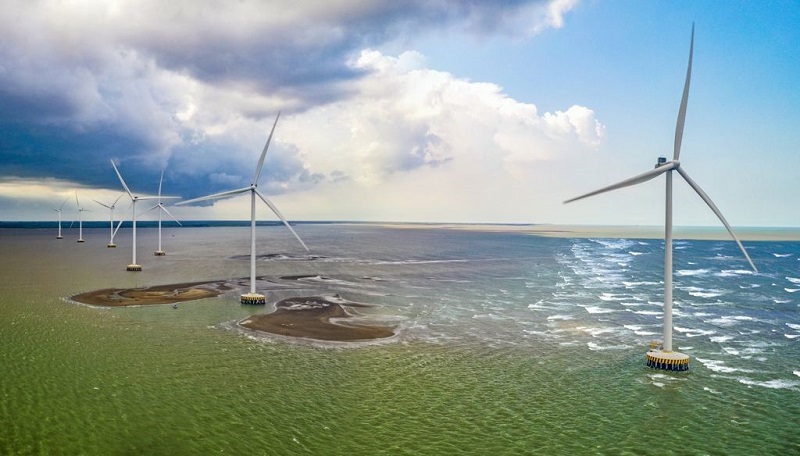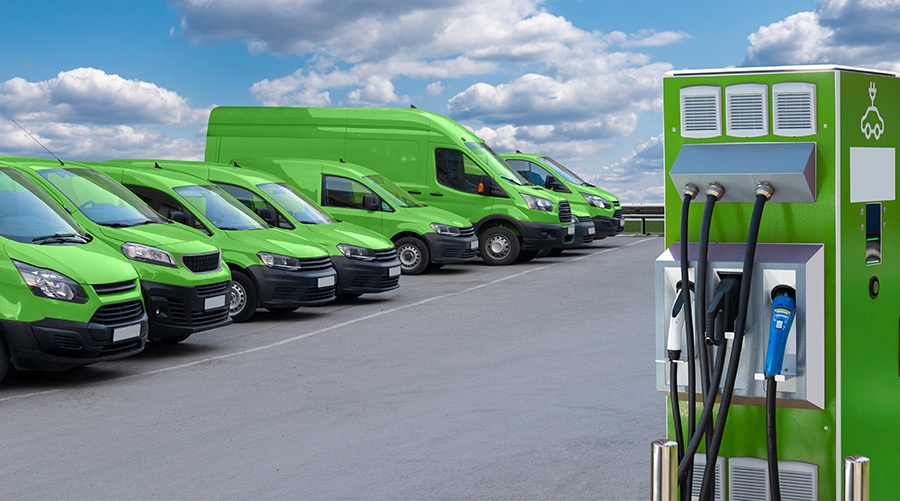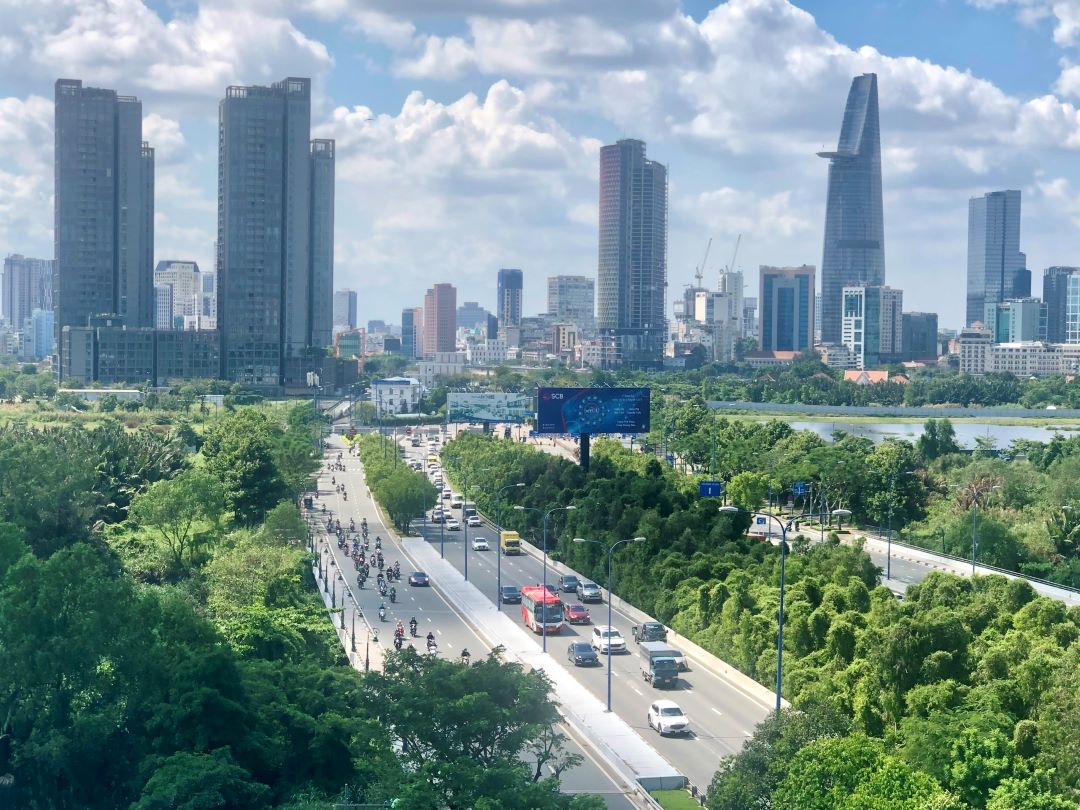After nearly four years of delay the Vietnam Government this month approved the Power Development Plan VIII (PDP8) setting the stage for the next chapter of the country’s energy transition and development journey.
Under PDP8, the contribution from liquefied national gas (LNG) to Vietnam’s power needs is targeted to increase from 7 GW to 32 GW by 2030 and renewable energy from 17 GW to 44 GW over the same time period. PDP8 further sets an ambitious goal to significantly increase renewable energy contribution to the total power mix to 67.5 -71.5% by 2050, compared to 7% in 2022
International stakeholders were quick to applaud the Vietnam government for these tough targets, but the focus is quickly shifting to what needs to happen to achieve them.

and development journey. Image Source: Vestas
The approval of PDP8 demonstrates Vietnam’s commitment to the Paris Targets, sustainable development and green growth confirming it remains focused on achieving net-zero emission targets by mid-century. The single major challenge to materializing PDP8 is financing new power plants and further developing the national transmission network, together estimated at $134 billion (Word Economic Forum, May 2023), of which $32 billion will be needed for grid infrastructure development, especially in the areas where solar capacity is concentrated.
Domestic banks and developers have so far accounted for 86% of the total investment in renewable energy in Vietnam (Economic Research Institute for ASEAN and EAST ASIA, 2020), but the more than four-fold increase in capacity planned would need a major increase in financing firepower, especially for large-scale renewable energy projects. The $18 billion from the Just Energy Transition Program (JETP) agreed six months ago will help with funding but a lot more needs to be found alongside reform to make foreign investment more attractive with a predictable and stable regulatory framework, simpler approval processes and a market-responsive mechanism for renewable projects.
As all the major hydropower plants have reached full capacity, Vietnam will have no choice but to put into operation nine coal plants licensed to add 9GW to support GDP growth by 2030. It should be noted that, as of 2019, Vietnam was among the leading recipients of new coal plant finance, 80% of which was funded by China, South Korea and Japan. However, Japan and South Korea have halted overseas coal financing due to public criticism and climate commitments. China has pledged to step up support for other developing countries to develop low-carbon energy projects and not build new thermal power plants.
Securing the necessary funding and exploring alternative financing models will be crucial to materializing PDP8.



